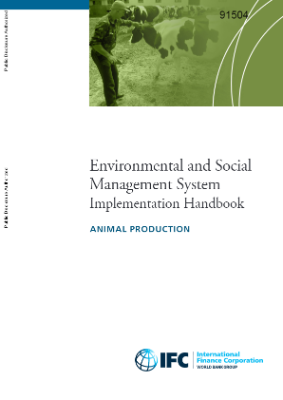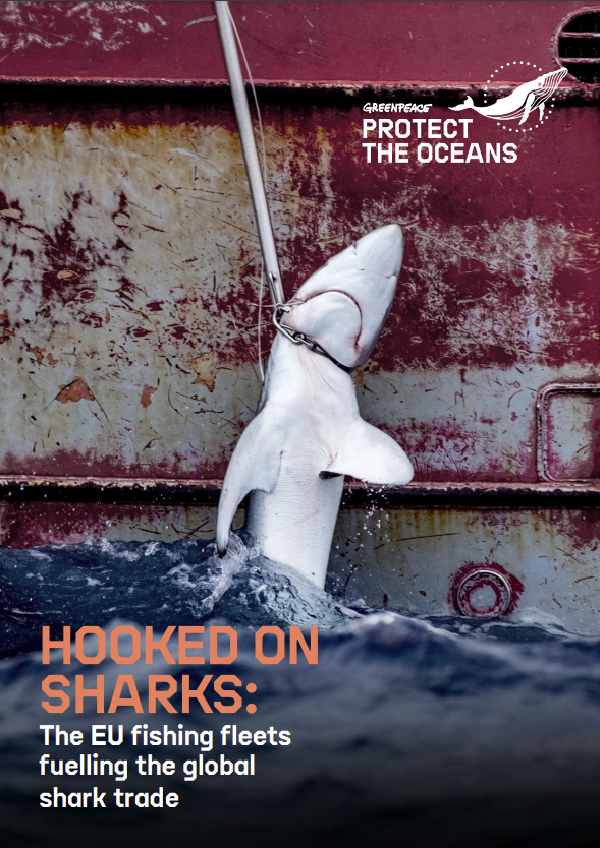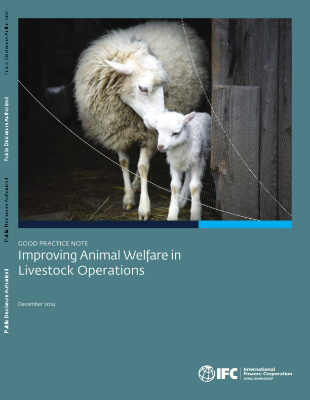Environmental and social responsibility is becoming more and more important in today’s global economy. There are thousands of environmental and social codes and standards in the world today. The codes and standards define the rules and the objectives. But the challenge is in the implementation. An environmental and social management system (ESMS) helps companies to integrate the rules and objectives into core business operations, through a set of clearly defined, repeatable processes.
This Handbook is intended to be a practical guide to help companies in the animal production industry develop and implement an environmental and social management system, which should help to improve overall operations.
In the current economic climate, companies are under pressure to perform or even just survive. New initiatives are often met with resistance as people struggle to keep up with their day-to-day responsibilities. Some people think that an environmental and social management system must be big, complicated and expensive. But that is not really true. To be effective, a management system needs to be scaled to the nature and size of the company.
If a company has existing management systems for quality or health and safety, this Handbook will help to expand them to include environmental and social performance. Our hope is that this Handbook will accelerate a company’s journey of continual improvement, for its own benefit and that of its employees and stakeholders.
Benefits of an Environmental and Social Management System in the Animal Production Industry
Today, animal production companies are confronted with a number of significant environmental and social challenges. None of the challenges is insurmountable, but if not effectively addressed and managed, they will hurt your core business operations and profitability. Among these challenges are increasing energy and feed costs, the growing power and influence of environmental and labor regulatory agencies, and rapidly evolving consumer awareness and concerns about environmental and social issues. These risks are in addition to the primary risk of failing to manage food safety while building brand and consumer confidence. All of these risks ultimately can have financial consequences. Moreover, export is vital to the success of many animal production businesses; but exporting brings even more demands from international legislation, voluntary standards and consumer requirements – increasingly related to environmental and social practices. All of these risks, requirements and pressures that your business faces are forces that encourage you to implement a management system. There are direct business benefits to be derived from implementing an environmental and social management system. Conserving and using energy and materials efficiently helps to reduce production costs. Reducing waste and discharges
“Poor quality of veterinary services and prevalence of many epidemic and endemic livestock diseases were our major challenges. A worker hygiene, sanitation and quality management program has helped us reduce our risk by 40-50%.” General Manager – Livestock producer and exporter, Africa











